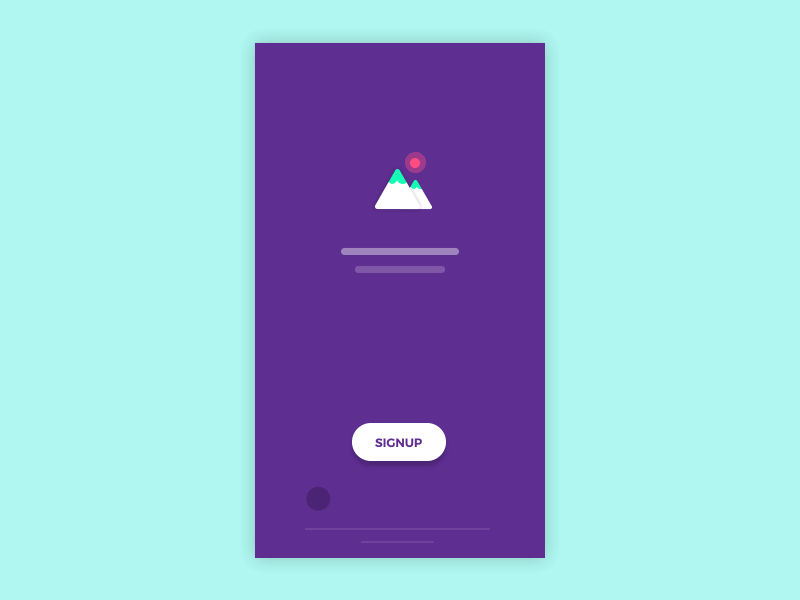Design Experience: Triggers
June 18, 2019
Elena Venieri


When we buy a product or a service, we are actually buying the experience that we expect to have from that product or service. This is why the design experience is so important.
Human beings, in fact, are not designed to store data, but stories. The narrative experience of memories is fundamental and because of this we rework and mentally
archive some experiences. Every day, we are continually immersed in user experiences and brand, product and service consumption that encourages this mechanism.
As UX Designers, we can map out the path that people take in their decisional andpurchasing processes.
Only by knowing the people can we plan experiences that mean something to the user, evoking values that are tied to the person as opposed to emotions (that are much more volatile).
The design experience is the process of recalling meaning that creates an emotional impact. In other words, they provoke a change in people’s beliefs and assumptions.
At this point, the fundamental question is “How can we create impact?”
We must reawaken past experiences that were significant to the user. Let’s take, for example, the feeling of freedom in the air when a parachutist jumps for the first time.
They are such meaningful experiences that remain ingrained in your mind. A month, a year, five years down the line, you decide to book the plane for your next jump.
The way in which we can remind people of important past experiences is through experience triggers.
Colors

Colour is a decisive key factor in driving user experience, because what we see is the easiest part to remember and what we feel represents us. A user experience in this portal has been created in the most personal and interactive way. Every user can choose not only the header, but also their own colour palette.
Scene

A layout with clear and intuitive hierarchy increases the useability of the interface and therefore how easy it is to use. An example of this is Milano La Verdi theatre’s website with a new interface which facilitates the user’s surfing.
Contact

Interactions and microinteractions help to accompany the user in different service functions, simplifying surfing experience as much as possible.
Concept

Empathy, smiling and humour in the right doses stimulates an immediate emotional response that can, in some cases, alleviate feelings of frustration when seeing an error page on our site.
Name

Words have always been a way of sharing emotion. Microcopy, therefore, becomes an incentive to create important experiences.
Form

The changes of the form, rather than the content, highlight service feedback and steer experience. In this case, it is necessary to highlight the relationship between sending the form and verifying the written data.
These are only some of the examples that trigger experiences that Antreem has used in their projects. In reality, we can take advantage of many others such as, sound, smell, material and price: everything which makes every project more effective and coherent.
Original article posted on Antreem Blog